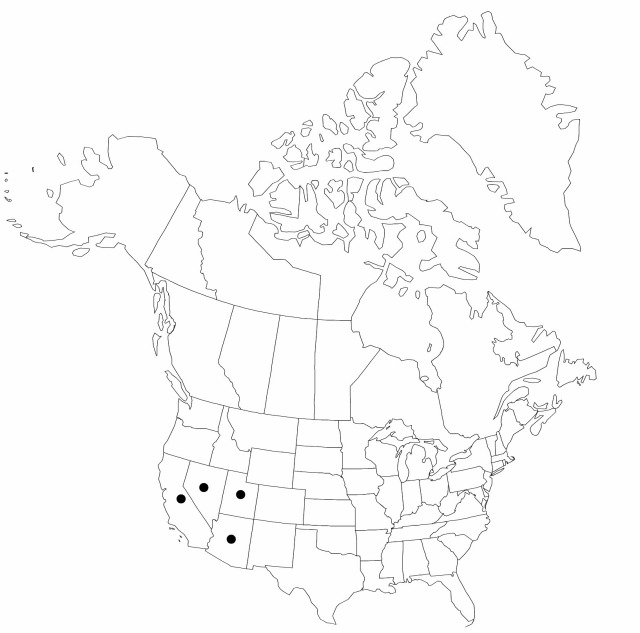Difference between revisions of "Fimbristylis thermalis"
Botany (Fortieth Parallel), 360. 1871.
FNA>Volume Importer |
imported>Volume Importer |
||
| Line 6: | Line 6: | ||
|place=360. 1871 | |place=360. 1871 | ||
|year=1871 | |year=1871 | ||
| + | }} | ||
| + | |special_status={{Treatment/ID/Special_status | ||
| + | |code=F | ||
| + | |label=Illustrated | ||
}} | }} | ||
|basionyms= | |basionyms= | ||
| Line 44: | Line 48: | ||
|publication title=Botany (Fortieth Parallel), | |publication title=Botany (Fortieth Parallel), | ||
|publication year=1871 | |publication year=1871 | ||
| − | |special status= | + | |special status=Illustrated |
| − | |source xml=https:// | + | |source xml=https://bibilujan@bitbucket.org/aafc-mbb/fna-data-curation.git/src/bb6b7e3a7de7d3b7888a1ad48c7fd8f5c722d8d6/coarse_grained_fna_xml/V23/V23_188.xml |
|genus=Fimbristylis | |genus=Fimbristylis | ||
|species=Fimbristylis thermalis | |species=Fimbristylis thermalis | ||
Revision as of 21:31, 27 May 2020
Plants perennial, robust, 50–150 cm, cespitose or with culms solitary; rhizomes scaly, slender, elongate. Leaves nearly distichous, spreading to ascending, 1/2 length of culms; sheath margins entire, backs smooth to pubescent; ligule present, complete; blades narrowly linear, proximally flat, 2–3.5(–4) mm wide, margins scabrid-ciliate, abaxial surface sometimes pubescent. Inflorescences: anthelae simple or compound, longer than wide; scapes wandlike, nearly terete or slightly compressed, distally 1 mm thick, marginal ribs scabrid; longest primary involucral bract shorter than panicle. Spikelets pale dull brown, lance-ovoid to cylindric-ellipsoid, 10–12 mm; fertile scales ovate, 3.5–4 mm, apex broadly acute, ciliate, surface uniformly puberulent, midrib excurrent as mucro or cusp. Flowers: stamens 3; styles 2-fid, flat, fimbriate. Achenes dark brown, lenticular-obovoid, 1.5 mm, finely cancellate, with 20 or more longitudinal rows of horizontally rectangular pits per side. 2n = 20.
Phenology: Fruiting spring–fall.
Habitat: Mineralized sands of hot springs, alkaline seep meadows
Elevation: 300–600 m
Distribution

Ariz., Calif., Nev., Utah, Mexico (Baja California, Coahuila).
Discussion
Selected References
None.
